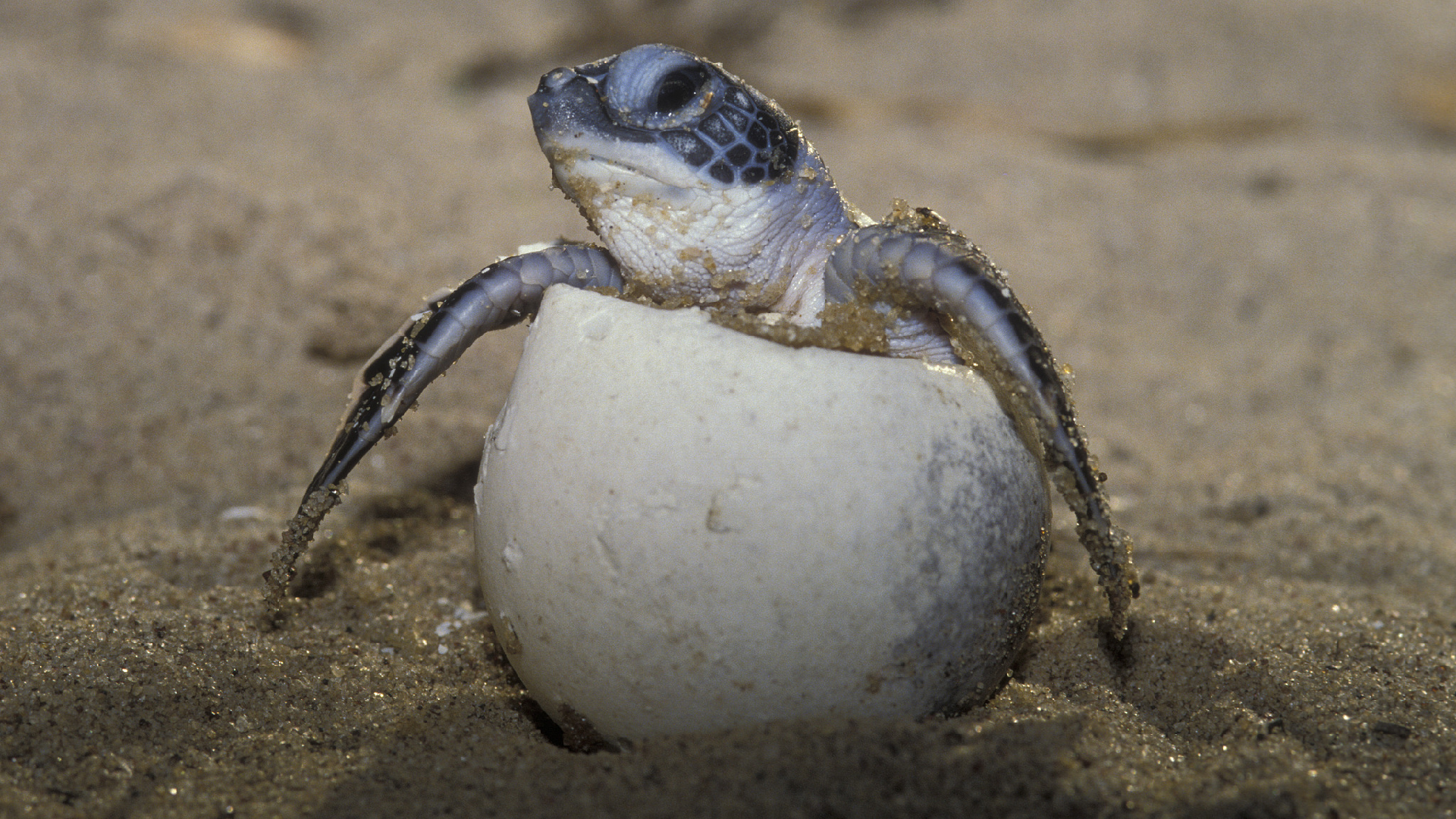Researchers unravel the enigma of sea turtles' 'lost years'
Researchers have uncovered the secrets behind the elusive 'lost years' of sea turtles. This phenomenon refers to the period in a sea turtle's life when they vanish from sight, and scientists have been eager to understand where they go and what activities they engage in during this time. The findings shed light on the developmental stages of these marine creatures and are expected to assist in conservation efforts aimed at protecting their habitats. The study highlights the importance of continued research to ensure the survival of sea turtles, a species facing numerous threats in the wild.

"We've had massive data gaps about the early baby to toddler life stages of sea turtles," stated Kate Mansfield, a marine scientist at the University of Central Florida. "This part of their long lives has been largely a mystery."
For many years, researchers have been curious about the events during the "lost years," the time frame when small hatchlings leave the beach and later return to coastlines nearly fully grown, spanning roughly one to ten years.
Recent research released on Tuesday aims to close that knowledge gap.
Over the past decade, Mansfield and her colleagues attached GPS tags to the rapidly growing shells of young wild turtles. They navigated small boats through the Gulf of Mexico in search of young turtles among the algae, managing to tag 114 individuals, which include loggerhead sea turtles, endangered green sea turtles, as well as critically endangered hawksbill and Kemp's ridley sea turtles.
While the GPS tags eventually detach as "the outside of a young turtle's shell sheds as they grow very quickly," explained Katrina Phillips, a marine ecologist at the University of Central Florida and co-author of the study published in Proceedings of the Royal Society B, each tag remained on long enough to provide location data for several weeks to months. The findings from the study contradicted many previously held assumptions.
It was traditionally thought that tiny turtles drifted passively along with ocean currents. However, co-author Nathan Putman, an ecologist at LGL Ecological Research Associates in Texas, revealed, "What we've uncovered is that the turtles are actually swimming."
The researchers validated this conclusion by comparing the location data of young turtles with the pathways of drifting buoys deployed in the water simultaneously. More than half of the buoys ended up washing ashore, while the turtles did not.
"This tiny little hatchling is actually making its own decisions about where it wants to go in the ocean and what it wants to avoid," noted Bryan Wallace, a wildlife ecologist at Ecolibrium in Colorado.
The tracking data also indicated a greater range of locations than scientists had predicted, as the small turtles transitioned between continental shelf waters and the open ocean.
In addition to the meticulous effort required for locating the turtles, developing flexible solar-powered tags that could remain attached long enough to relay data proved to be challenging.
"For years, the technology couldn't match the dream," said Jeffrey Seminoff, a marine biologist at the U.S. National Oceanic and Atmospheric Administration, who did not participate in the study.
These findings provide biologists with enhanced insight into how young turtles exploit the Gulf of Mexico, a vital area for four species of endangered sea turtles.
"It's not that the sea turtles were ever lost, but that we had lost track of them," remarked Jeanette Wyneken from Florida Atlantic University, who was not involved in the research.
Sophie Wagner contributed to this report for TROIB News
Find more stories on the environment and climate change on TROIB/Planet Health












